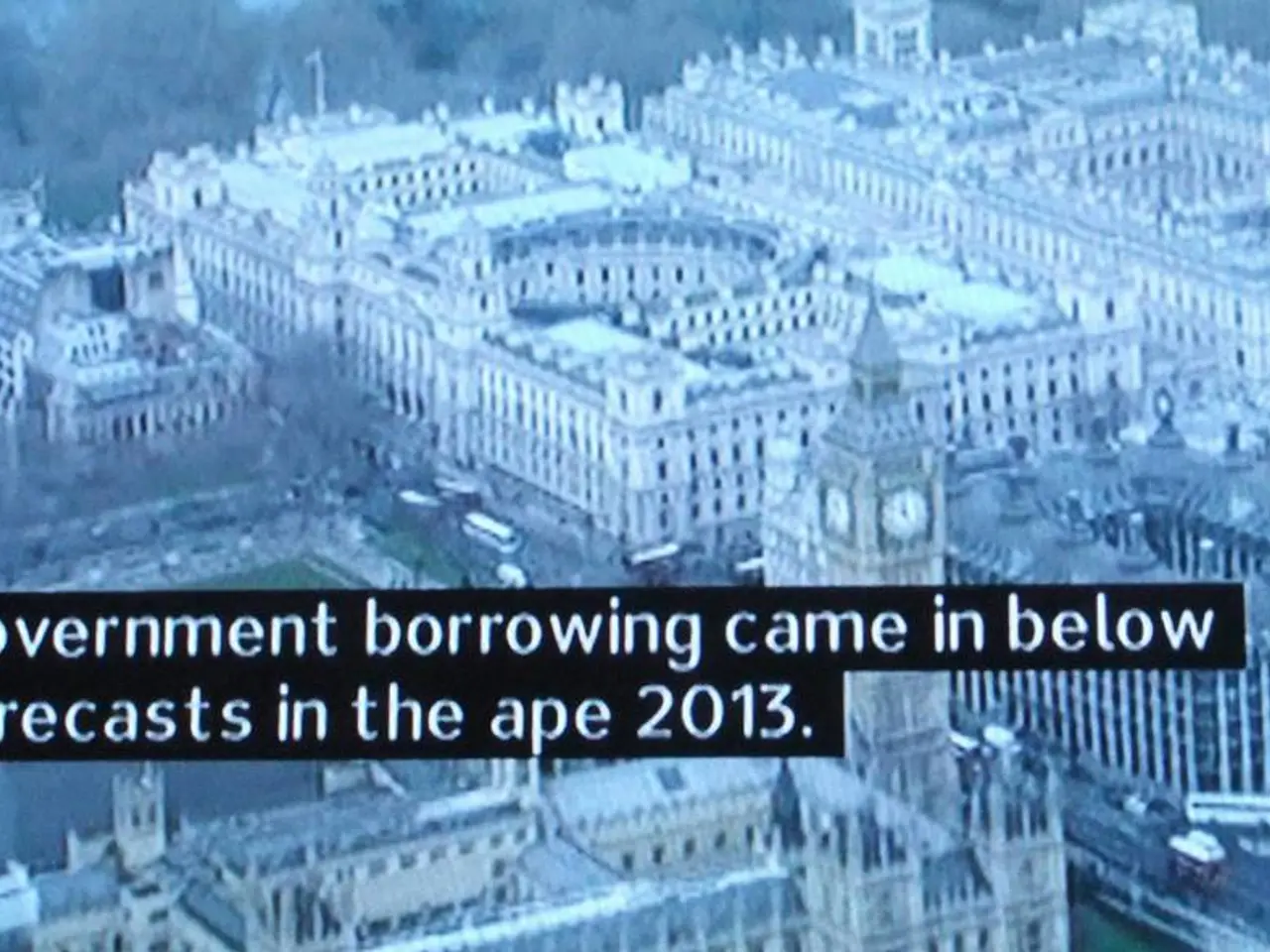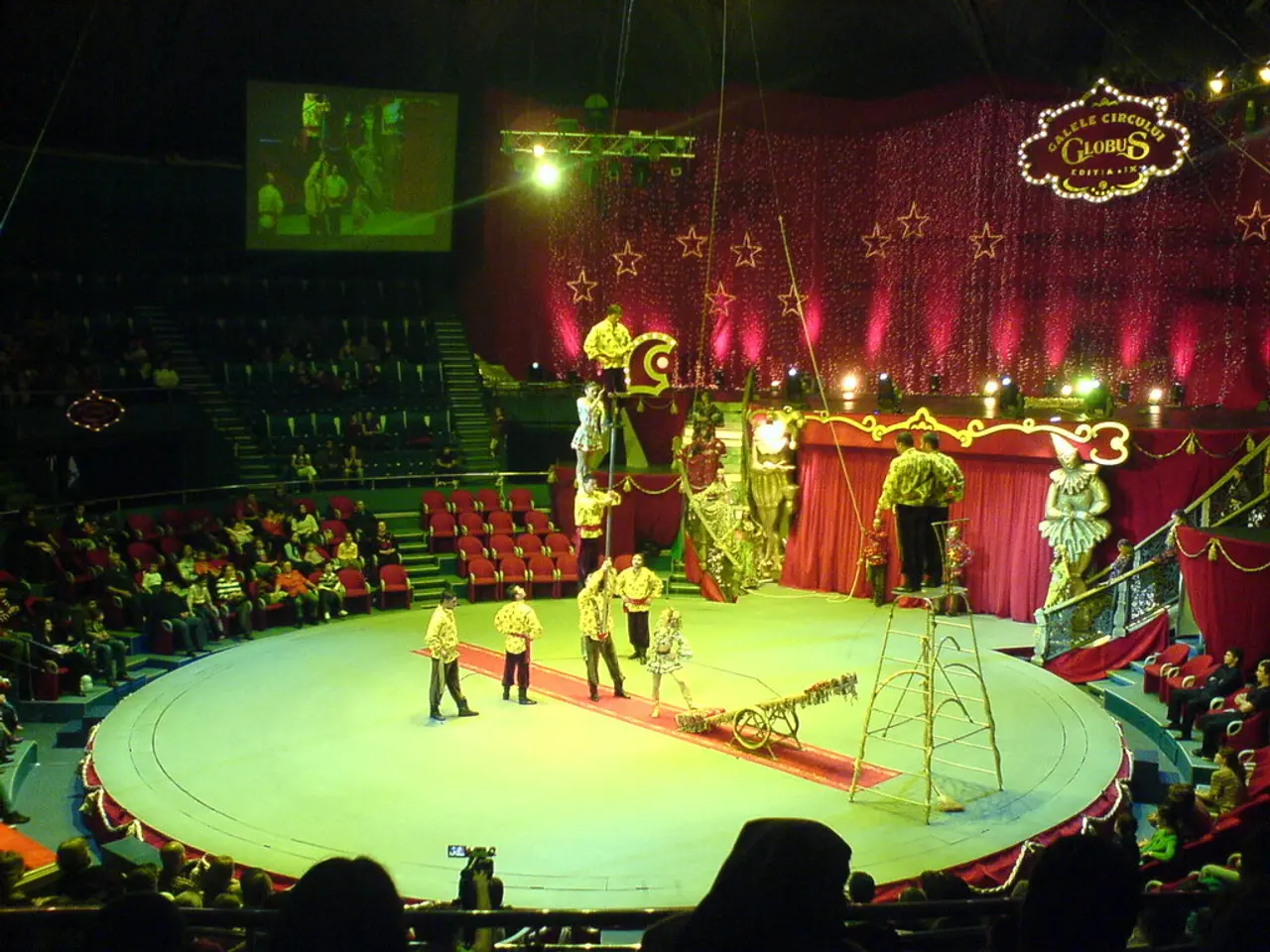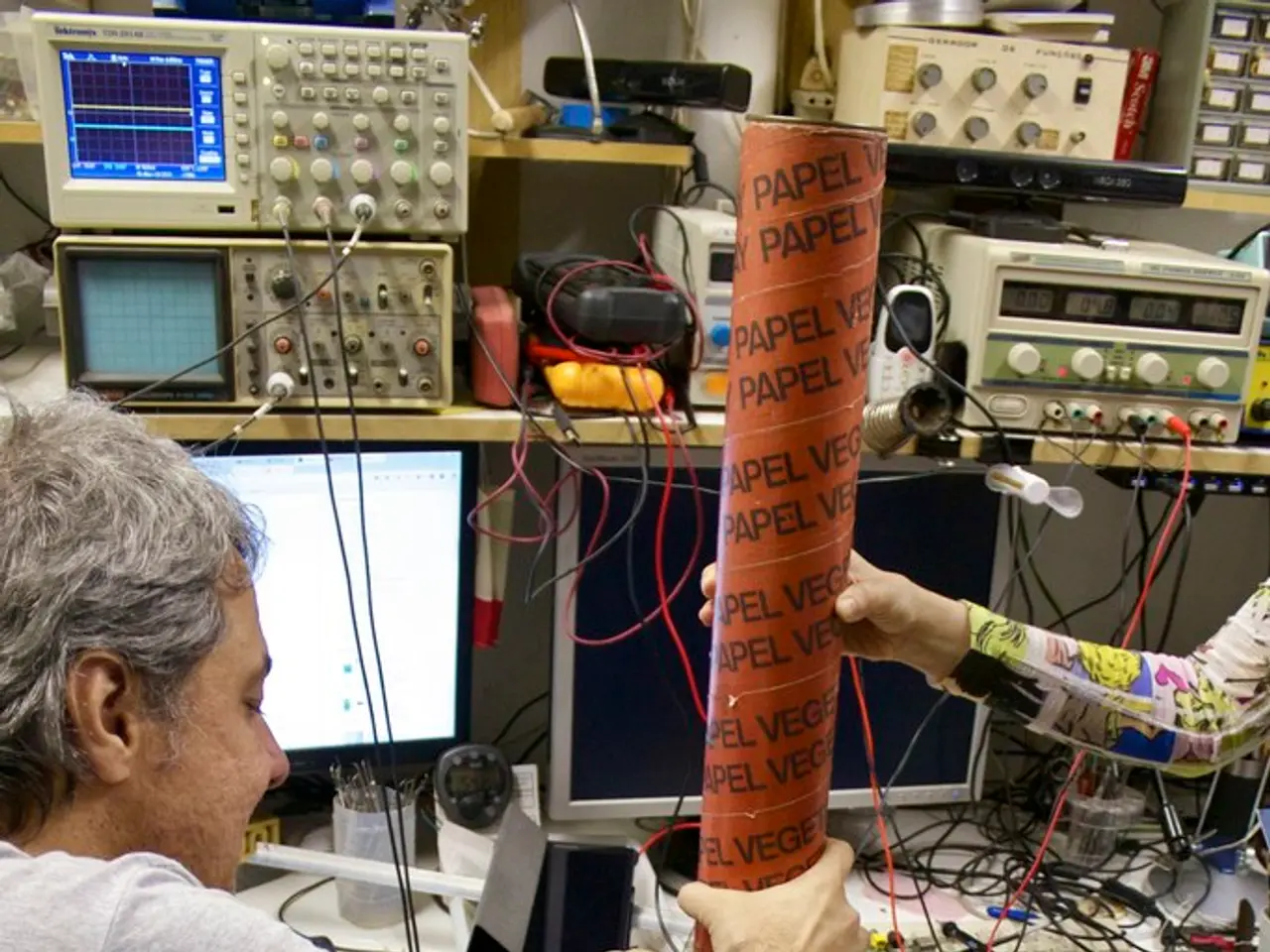Brief Chronicle of Immigration in Roma and Condesa
In the heart of Mexico City, Colonia Roma stands as a testament to the city's rich history and vibrant cultural diversity, yet it also serves as a microcosm of the challenges faced by many urban areas worldwide—gentrification.
Historical Roots and Evolution
Originally designed as a neighbourhood for the urban elite and industrialists during the Porfirio Díaz era, Colonia Roma, along with nearby Condesa, boasted high-quality architecture and parks in response to overcrowding in Mexico City's Historic Center. However, by the 1970s and 1980s, the area experienced de-gentrification, becoming more solidly middle class. More recently, gentrification intensified due to multiple interconnected factors, such as real estate speculation, a surge in vacation rentals, an extreme lack of affordable housing, and economic/cultural centralization in the city center.
The COVID-19 pandemic accelerated an influx of foreign "digital nomads," primarily from the U.S., who were attracted to Roma's affordable rents and cultural scene, further driving gentrification and price increases. Local resentment, fueled by long-standing tensions related to immigration and perceptions of foreign entitlement, has led to protests explicitly targeting wealthy foreigners and the cultural changes they bring.
Impacts on the Local Community
Traditional micro-economies, such as hardware stores, shoemakers, bodegas, tailor shops, tortillerías, and local fruit stands, have been replaced by trendy bilingual cafés, curated restaurants, and businesses catering to more affluent residents and tourists. Rising rents and property values have displaced many original residents and small businesses, eroding community fabric and affordability.
Social tensions have emerged, with protests expressing anger at foreigners perceived as contributing to cultural displacement and economic exclusion, sometimes expressed through xenophobic sentiments. Retail and public spaces have transformed to suit higher incomes and new tastes, a typical retail gentrification pattern.
Future Reforms and Challenges
The city's latest reforms include capping rent increases based on yearly inflation, publicly registering rental contracts, limiting Airbnb ownership, and the mayor's office committing to getting 20,000 affordable homes on the market by 2030. However, previous administrations have made and broken similar promises regarding affordable housing.
Vero Teigerio, a social commentator, discusses the difficulty of decentralizing Mexico City's economic activity, suggesting improving services and urban infrastructure outside of the city center as a solution to reduce demand for housing in the city's core.
In conclusion, Colonia Roma’s gentrification is a long-evolving process shaped by historical elite origins, mid-century decline, and late-20th/early-21st-century reinvestment driven by economic factors and international migration. While it has revitalized some urban aspects, it has also displaced communities, erased local micro-economies, and stirred social conflict due to cultural and economic shifts.
References: 1. Mexico City’s Colonia Roma: A Neighborhood in Transition 2. The Gentrification of Colonia Roma, Mexico City 3. The Gentrification of Colonia Roma: A Case Study 4. Retail Gentrification: A Global Analysis
- The history of Colonia Roma dates back to the Porfirio Díaz era, when it was designed as a neighborhood for the urban elite and industrialists.
- Today, Colonia Roma serves as a microcosm of the challenges faced by many urban areas worldwide, with gentrification being a central issue.
- Culture and food in Colonia Roma offer a vibrant and diverse experience, attracting foreigners, such as "digital nomads", seeking a change of scene.
- The economy of Colonia Roma has been transformed by gentrification, with a shift from traditional businesses to trendy cafes, restaurants, and other establishments catering to affluent residents and tourists.
- Education and self-development opportunities have expanded in Colonia Roma, offering a range of learning experiences for local residents and newcomers alike.
- Social media platforms have been instrumental in documenting and discussing the changes taking place in Colonia Roma, fueling debates over gentrification, immigration, and cultural displacement.
- The entertainment scene in Colonia Roma has evolved, with an increasing number of music venues, movie theaters, and art galleries attracting both locals and tourists.
- Politics and policymaking in Mexico City have a significant impact on the gentrification of neighborhoods like Colonia Roma, with ongoing reforms aimed at addressing the issue.
- Gentrification in Colonia Roma has also had a negative impact on the local news landscape, with traditional local news sources being replaced by online platforms or shutting down altogether.
- As Colonia Roma continues its journey through gentrification, crime and justice issues become more prevalent, affecting both the local community and new residents seeking a part of the city's rich history and vibrant cultural diversity.




